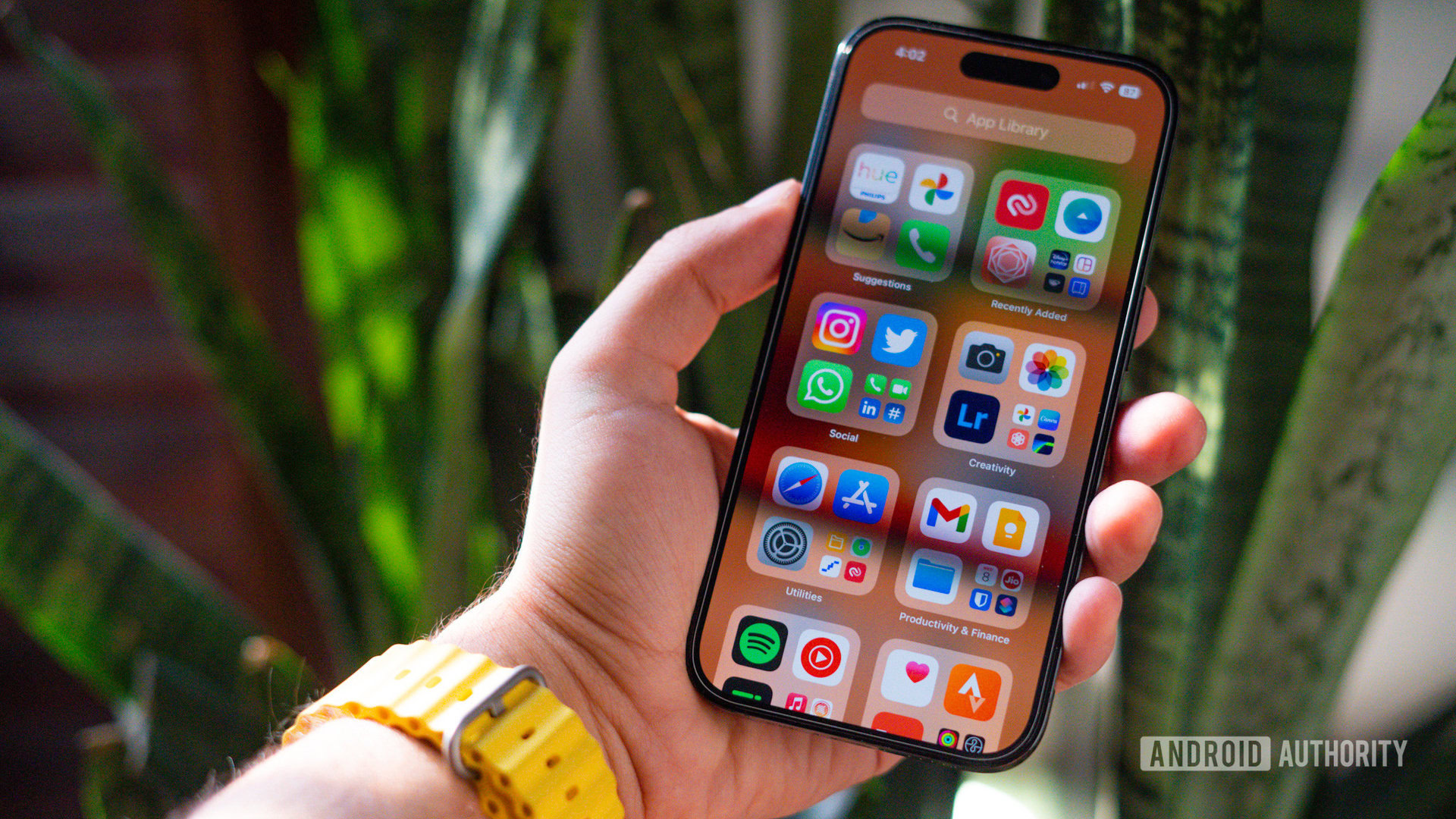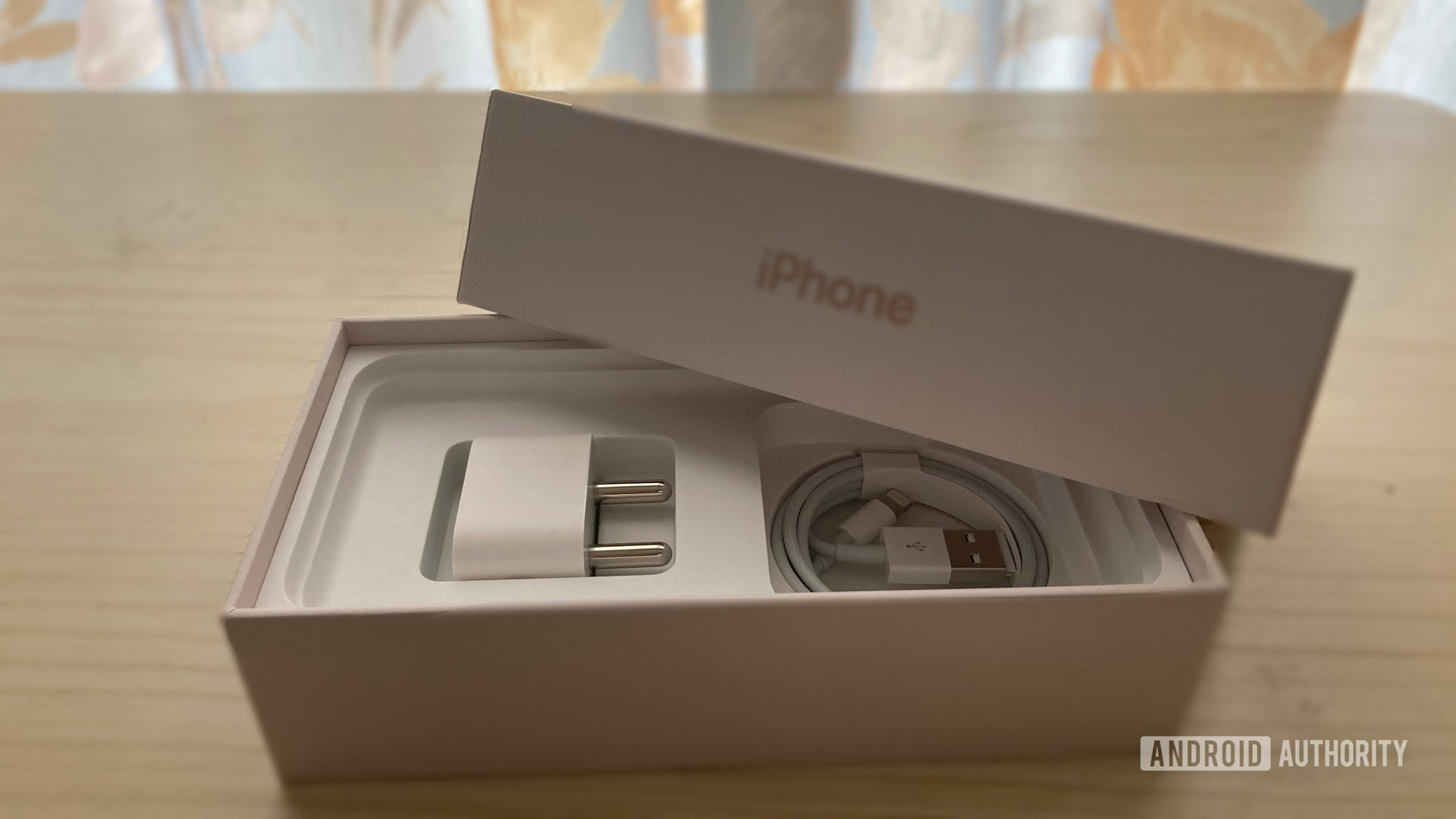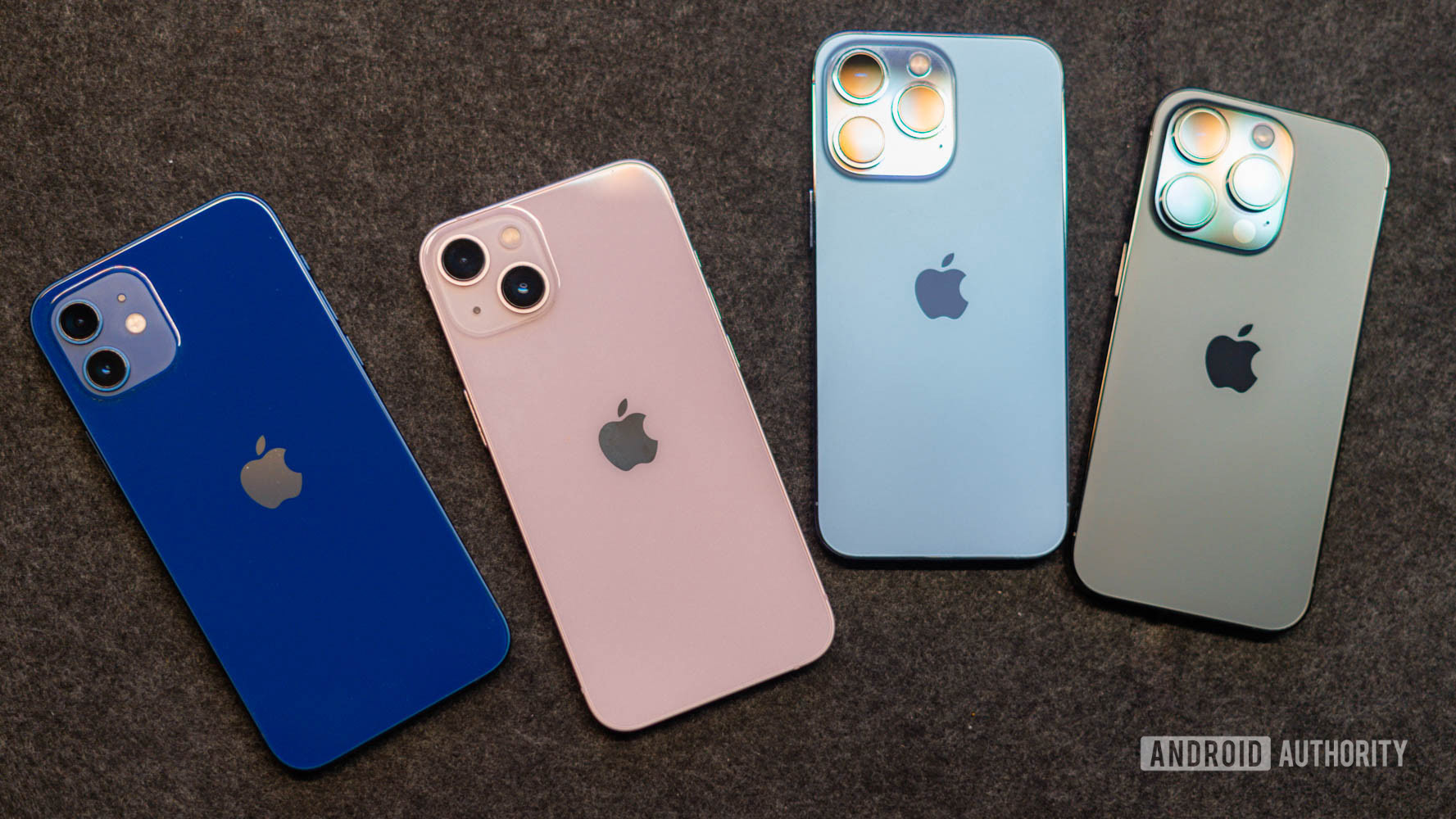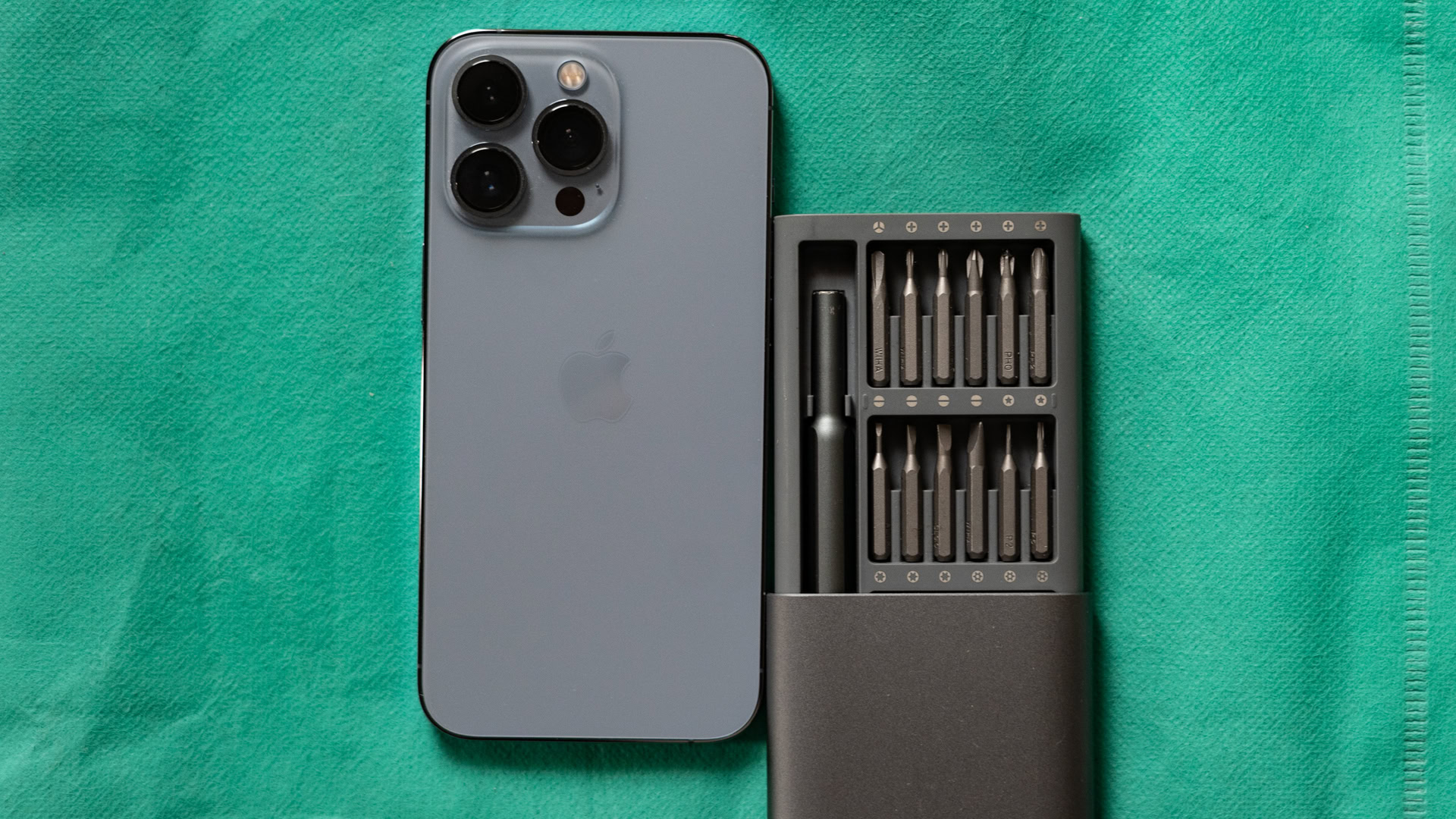A new report highlights Apple’s environmental hypocrisy with iPhones

Dhruv Bhutani / Android Authority
TL;DR
- Apple’s recycling robots, Liam and Daisy, aren’t as efficient, reliable, or effective as you’d imagine.
- In just a couple of years, Apple shipped a third party over 530,000 used iPhones to get them shredded.
- Many of the products Apple gets shredded are functional and could realistically be refurbished or repurposed.
In recent years, Apple has been particularly loud about its environmental efforts and sustainability. As its 2030 deadline to become carbon neutral approaches, the company has been dedicating segments in its media events to share its progress and relevant updates. A new report, however, sheds light on some lesser-known procedures that contradict what the tech overlord publicly preaches.
The consumer-facing practices

To unsuspecting customers, Apple seems to care deeply about our planet. After all, the Cupertino firm stopped shipping charging bricks with new iPhones and reduced the packaging’s size noticeably. Furthermore, it discontinued its leather-made accessories in favor of the more eco-friendly FineWoven line (which deteriorates at a much faster rate, by the way). That’s not to mention its focus on utilizing cleaner energy sources for its operations to reduce the pollution it causes.
The company has also boasted about its robots — Liam and Daisy — which were designed to disassemble traded-in iPhones. Through them, Apple gets to reclaim some of the functional components, recycle them, and, consequently, minimize the e-waste it produces.
From afar, this all seems responsible and eco-conscious; but what if we were to take a closer look?
Behind Apple’s green-washed mask

Dhruv Bhutani / Android Authority
According to Bloomberg, Liam and its successor, Daisy, aren’t exactly reliable in getting their job done efficiently. The former robot would malfunction if the inserted iPhone’s screws were corroded. Furthermore, without human assistance, Liam wouldn’t run for more than ten minutes.
Meanwhile, Daisy is a more foolproof version, but still, it can only dismantle around 200 units per hour. That’s almost 1.2 million recycled iPhones per year, which Apple sells every 48 hours.
So, what happens to the rest of the traded-in iPhones? They get shredded.
When a used product doesn’t meet Apple’s high standards to be refurbished and resold, it gets shredded by a third-party company. The valuable metals are then extracted from the elemental soup and incorporated into new devices. Shredding, however, wastes more components than Daisy’s procedure.
One of the main issues associated with shredding is that many of the devices sent are functional and could easily be repurposed. Those getting them shredded reportedly found it challenging at times, as the devices weren’t always damaged significantly. Despite that, they had to break them down to meet contractual obligations.
In just a couple of years, Apple shipped GEEP (a shredding company) more than 530,000 iPhones, 25,000 iPads, and 19,000 Watches for shredding. If Apple is truly concerned about the environment, it would’ve repurposed the functional electronics instead of destroying them en masse. There’s scope to introduce an additional tier of “refurbished” products that are a bit lower in quality, which could provide a second home to these less-than-perfect iPhones at an even cheaper rate.
The new Activation Lock is a double-edged carbon emitter

Dhruv Bhutani / Android Authority
According to the same report, Apple claimed that around 100,000 items sent to GEEP for shredding were actually stolen. The Cupertino tech giant detected a number of flagged iPhones being activated in China, as employees would smuggle them out of the shredding facility and sell them elsewhere as used phones or spare parts.
That process, however, is about to get a lot trickier, as Apple’s Activation Lock now applies to spare parts, too.
For those unfamiliar, the Activation Lock feature disables lost or stolen iPhones, making them useless beyond extracting their spare parts. With this feature expanding to individual iPhone internals, devices obtained through unofficial means will also be useless as spare parts.
While the spare parts’ Activation Lock will make iPhones less appealing targets for thieves, it will certainly increase the e-waste. Ultimately, iPhones will continue to get stolen or lost anyway, and no one will be able to utilize them meaningfully.
To be clear, this isn’t to defend thieves in any way. However, it has become apparent that Apple is purposefully wasting resources by forcing functional devices to be shredded. If smugglers can manage to give these devices a new lifeline, the trillion-dollar company surely can devise a proper procedure that similarly spares usable iPhones. But that wouldn’t make business sense, so here we are.
